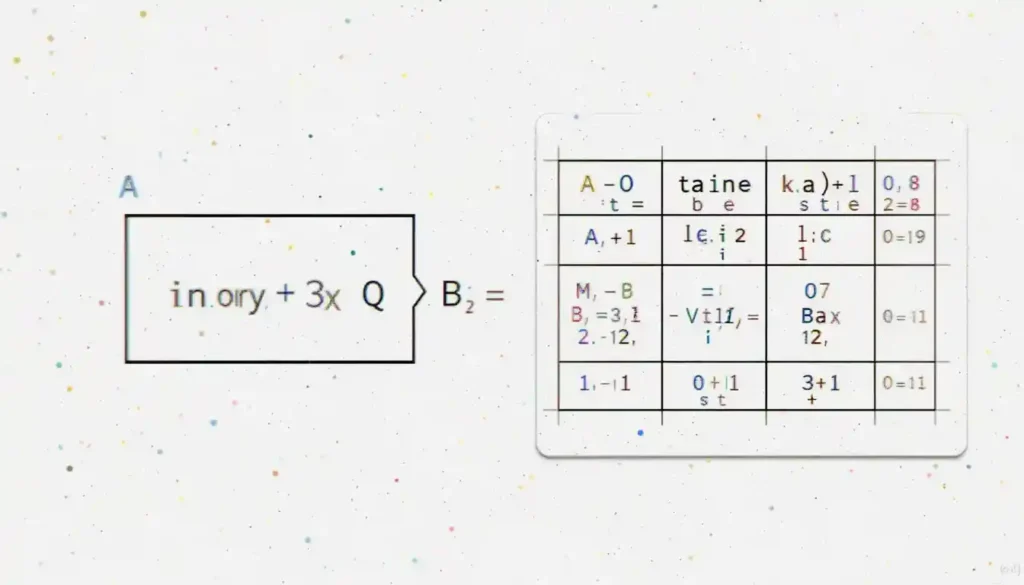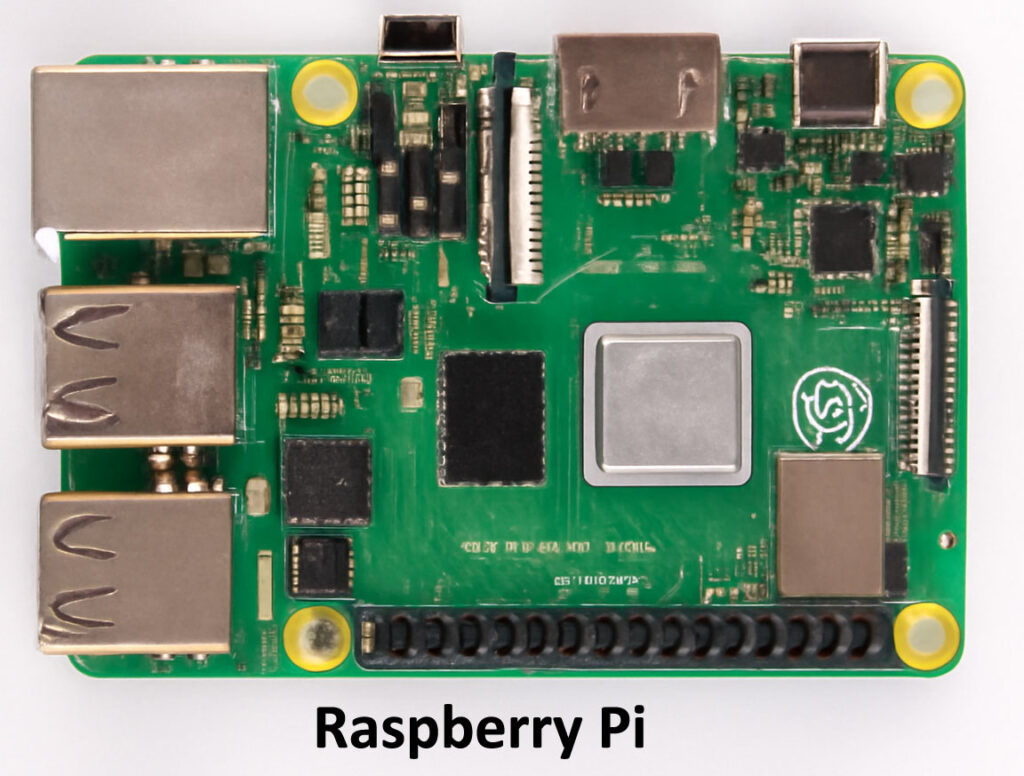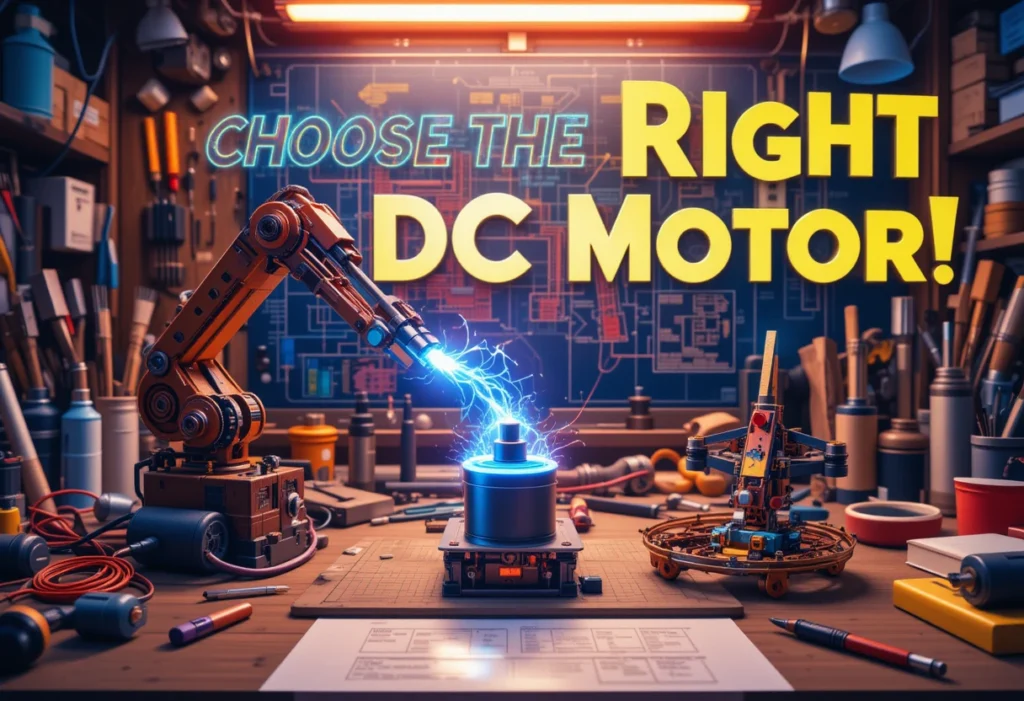
Ever wondered how a tiny motor can bring your DIY robot, drone, or mini conveyor belt to life? DC motors are the heartbeat of countless electronics projects, turning your creative ideas into moving reality. But picking the right one can feel tricky with so many options out there. Don’t worry—this guide will walk you through everything you need to know to choose the right DC motor for your DIY electronics project. From understanding motor types to matching specs to your project’s needs, we’ll keep it simple, clear, and fun, so even a fifth-grader can follow along. Let’s dive in and make your next project spin smoothly!
Why DC Motors Are Perfect for DIY Electronics
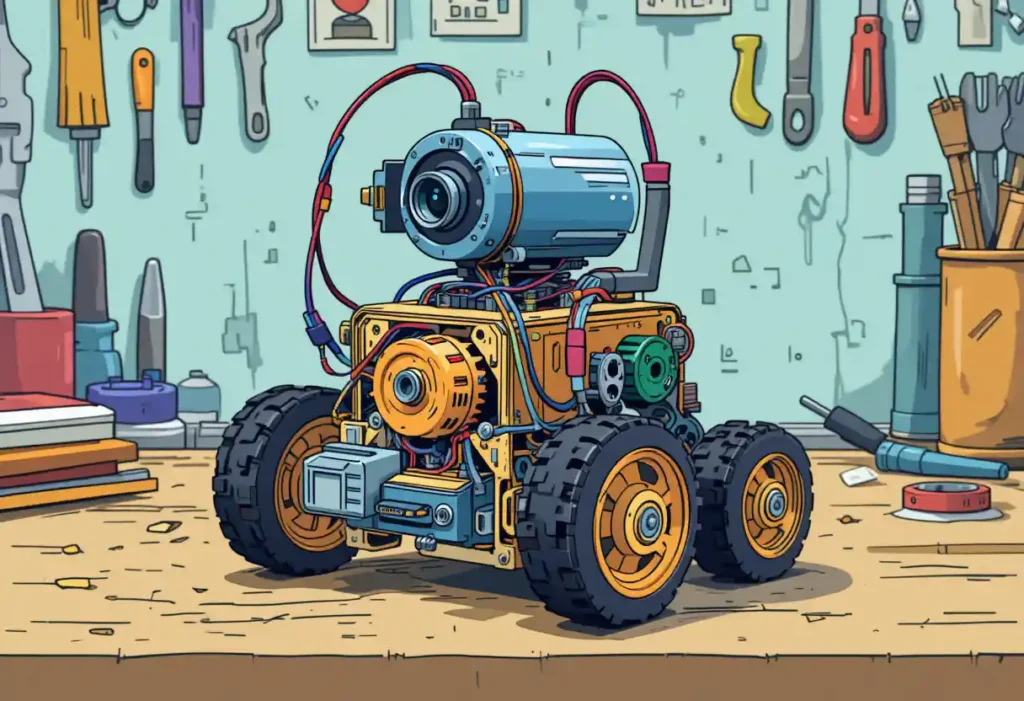
DC motors, or direct current motors, are small, powerful devices that run on electricity to create motion. They’re popular in DIY electronics because they’re easy to use, affordable, and versatile. Whether you’re building a remote-controlled car, a robotic arm, or a fan for a school science project, DC motors can handle the job. The key is picking the right one for your specific project.
DC motors come in different types and sizes, each with unique features. Some are great for high speed, while others are better for strong, steady movement. Knowing what your project needs—like speed, strength, or battery life—will help you select a DC motor for an electronics project that works perfectly. This guide will break it down step by step, so you can feel confident building something awesome.
Understanding DC Motor Types: Brushed vs. Brushless
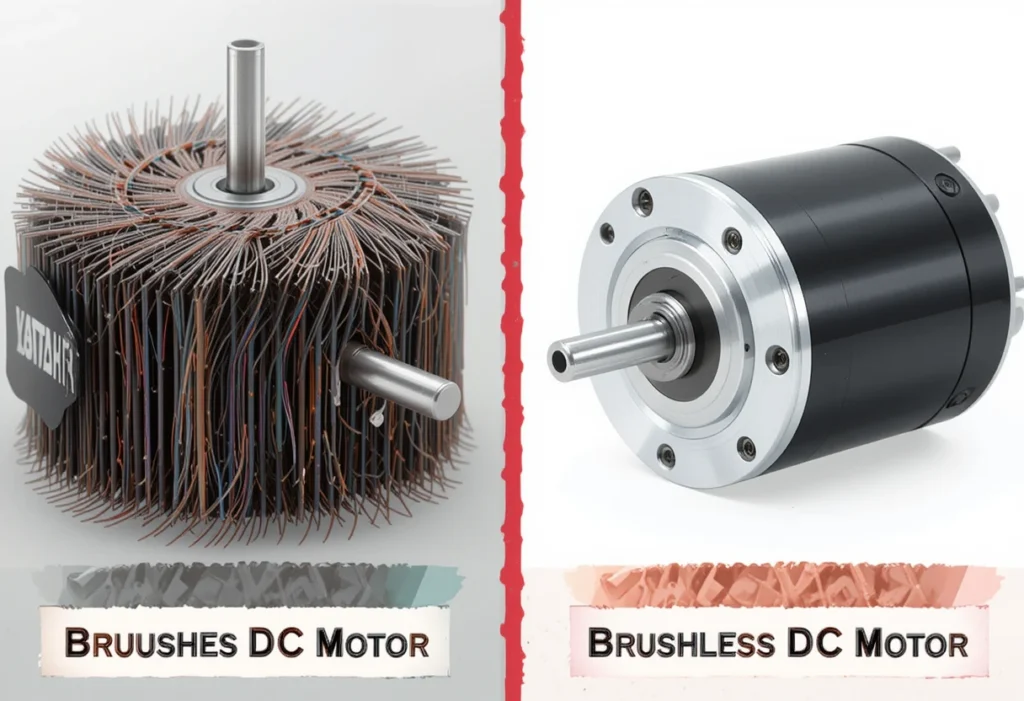
When you’re picking a DC motor, the first big choice is between brushed and brushless DC motors. Both are great for DIY projects, but they work differently and suit different needs. Let’s explore each one.
Brushed DC Motors
Brushed DC motors are the classic choice for beginners. They’re simple, cheap, and easy to control with basic circuits, like those using an Arduino. Inside, they have a part called a “brush” that helps the motor spin. These motors are great for projects like toy cars or simple fans because they don’t need fancy electronics to work. However, they wear out faster because the brushes rub against moving parts, which can create friction and heat.
Brushless DC Motors
Brushless DC motors are a bit more advanced. They don’t have brushes, so they last longer, run more efficiently, and can handle tougher jobs. They’re perfect for projects like drones or robotic arms that need precise control and high speed. The downside? They’re pricier and need special controllers, which might be tricky for beginners. If you’re working on a high-performance project, though, a brushless motor is often the best DC motor for robotics DIY.
Which to choose? If you’re new to DIY or on a budget, start with a brushed motor. For more advanced projects needing long-term reliability, go brushless. Knowing the difference helps you make a smart choice for your project’s goals.
Key Specs to Consider When Choosing a DC Motor
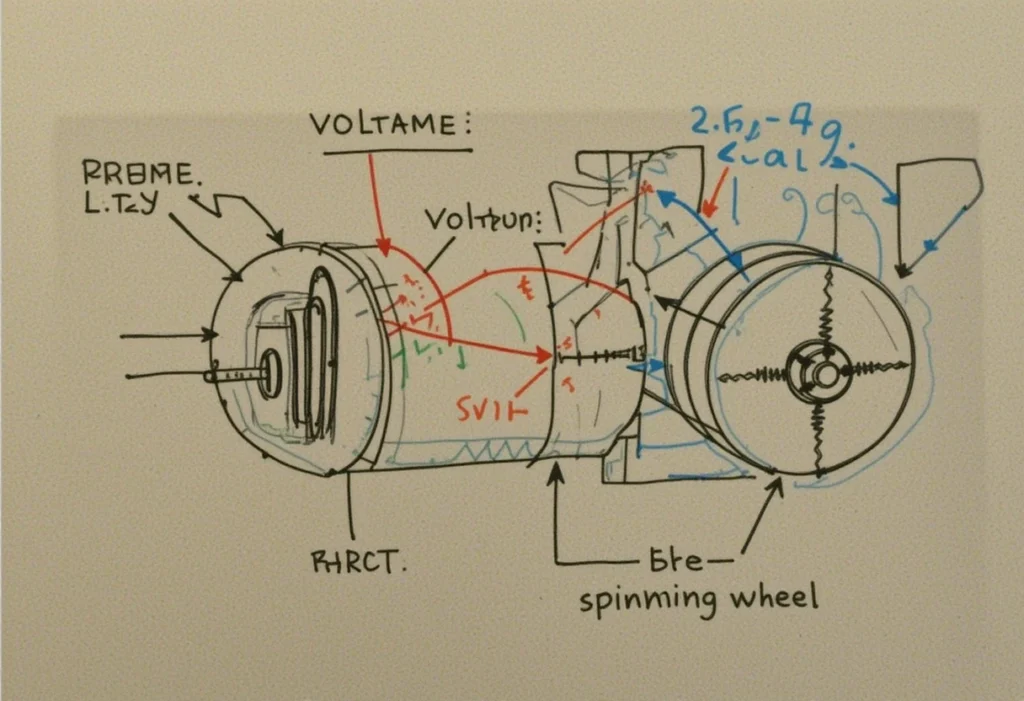
To pick a DC motor for your DIY project, you need to look at a few key specifications. These are like the motor’s “stats” that tell you how it will perform. Don’t worry—we’ll keep it simple!
Voltage
Voltage is how much electrical power the motor needs to run. Most DC motors for DIY projects use between 3 and 12 volts, which matches common batteries or Arduino setups. Check what power source you have (like a battery or power adapter) and pick a motor that fits. For example, a DC motor voltage for DIY of 6V is great for small projects like a toy boat.
Torque
Torque is the motor’s strength—how much force it can apply to move something. If your project needs to lift heavy parts, like a robotic arm grabbing objects, choose a motor with high torque. For lighter tasks, like spinning a small propeller, lower torque is fine.
Speed (RPM)
RPM, or revolutions per minute, tells you how fast the motor spins. A motor with high RPM (like 10,000) is great for fast-moving projects like drones. Slower RPMs (like 100-500) work better for steady tasks, like a conveyor belt. Think about whether your project needs speed or control.
Size and Weight
Smaller motors are great for compact projects, like a mini robot. Bigger motors might be stronger but could be too heavy for a tiny drone. Check the motor’s size to make sure it fits your design.
By matching these specs to your project, you’ll find a motor that’s just right. For example, a small DC motor for projects with low voltage and high RPM is perfect for a DIY fan, while a high-torque motor suits a robotic arm.
Matching the DC Motor to Your DIY Project
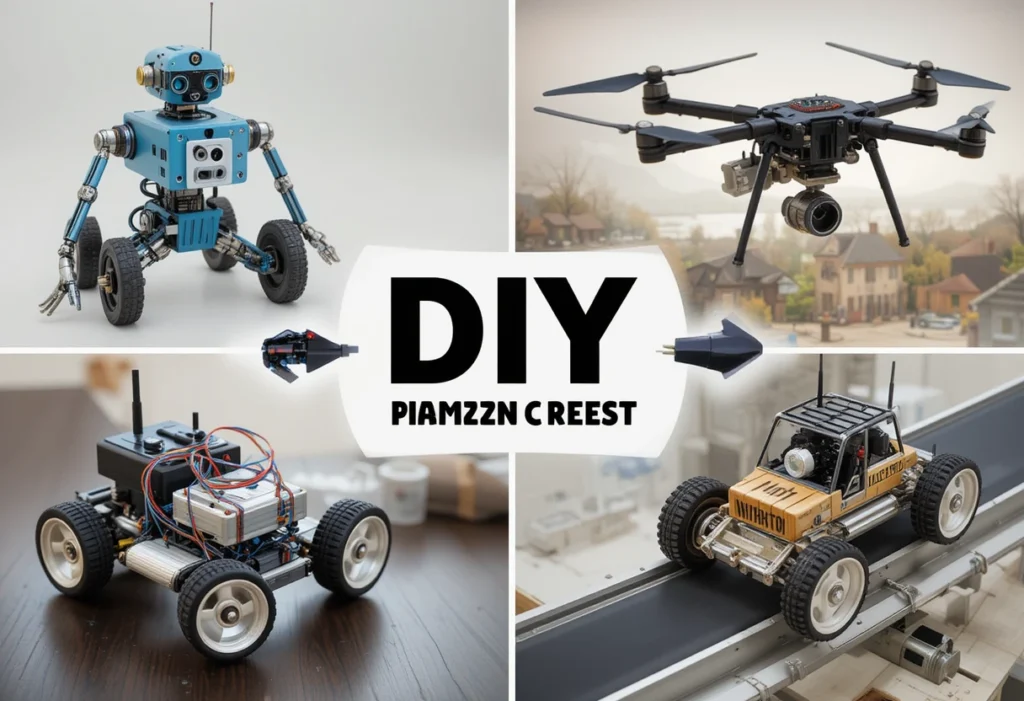
Now that you know about motor types and specs, let’s talk about how to select a DC motor for a DIY robotics project or other cool builds. Different projects need different motors, so here are some examples to guide you.
Robotics Projects
For a DIY robotics project, like a rolling robot or a walking bot, you need a motor with good torque and moderate speed. A brushed DC motor with 6-12V and 100-300 RPM works well for beginners. If you’re building a more advanced robot, like one with precise movements, a brushless motor with a controller might be better.
Drones
Drones need lightweight, high-speed motors. A brushless DC motor for DIY automation or drones with high RPM (5,000-10,000) and low weight is ideal. Make sure your motor matches your drone’s battery voltage, usually 7.4V or 11.1V.
Remote-Controlled Cars
For a DC motor for Arduino projects like a remote-controlled car, a brushed motor with 6-9V and medium torque is perfect. It’s easy to connect to an Arduino and doesn’t need complex controls.
Small Automation Projects
If you’re building something like a mini conveyor belt or a rotating display, a low-RPM, high-torque motor is best. Look for a DC motor for high torque DIY projects with 50-200 RPM and 12V for steady, strong motion.
Ask yourself: What does my project need to do? Move fast? Lift heavy things? Fit in a small space? This will guide you to the perfect motor.
Tips for Beginners: Making the Right Choice
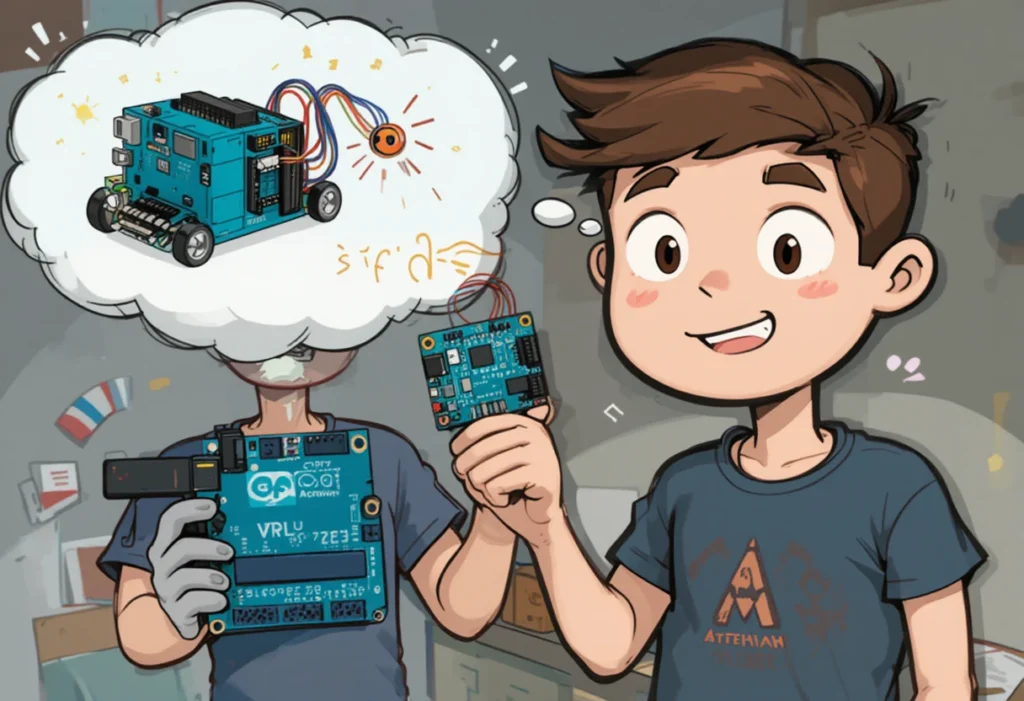
If you’re new to DIY electronics, choosing a DC motor can feel overwhelming. Here are some simple tips to help you pick a brushed DC motor for hobby projects or any motor with confidence:
- Start Small: Try a brushed DC motor for your first project. They’re affordable and easy to use with simple circuits.
- Check Compatibility: Make sure your motor’s voltage matches your power source, like a battery or Arduino.
- Read Reviews: Look at online reviews to find reliable motors. A best small DC motor for DIY electronics on a budget might be listed on hobbyist forums.
- Test Before Building: Buy a couple of motors to test before committing to your final design. This saves time and money.
- Ask for Help: Online communities like Reddit or Arduino forums can answer questions like “What type of DC motor is best for small projects?”
With these tips, you’ll feel ready to pick a motor and start building!
FAQs About Choosing DC Motors for DIY Projects
Q: How do I pick a DC motor for my DIY project?
A: Look at your project’s needs—speed, strength, and size. Match the motor’s voltage to your power source, check torque for lifting power, and pick RPM for speed. Brushed motors are great for beginners, while brushless are better for advanced projects.
Q: What’s the best DC motor for electronics projects?
A: It depends on your project. For small, simple builds like fans, a brushed DC motor with 6V and 100-500 RPM is great. For drones or robotics, a brushless motor with high RPM is better.
Q: Are brushless DC motors better for DIY electronics?
A: Brushless motors are more efficient and last longer, making them great for drones or robotic arms. But they’re more expensive and need special controllers, so brushed motors are better for simple, budget-friendly projects.
Q: How much voltage does a DC motor need for DIY?
A: Most DIY motors use 3-12V. Check your battery or power supply and pick a motor that matches. For example, a 9V battery works well with a 9V motor.
Q: What type of DC motor is best for small projects?
A: A small brushed DC motor with low voltage (3-6V) and moderate RPM (100-1,000) is perfect for small projects like toy cars or fans. They’re easy to use and cheap.
Q: How to select a DC motor for automation projects?
A: For automation, like a conveyor belt, choose a motor with high torque and low RPM (50-200). Brushless motors are great for precision, but brushed motors work if you’re on a budget.
Wrapping It Up: Build with Confidence
Choosing the right DC motor for your DIY electronics project doesn’t have to be hard. By understanding brushed vs. brushless DC motors, checking key specs like voltage, torque, and RPM, and matching the motor to your project’s needs, you can bring your ideas to life. Whether you’re building a robot, drone, or a simple fan, there’s a DC motor for DIY projects that’s perfect for you. Start small, test your options, and have fun creating something amazing. What will you build next?
If you’re ready to dive deeper, check out online stores or forums for motor recommendations, or ask your questions in the comments below. Happy building!

